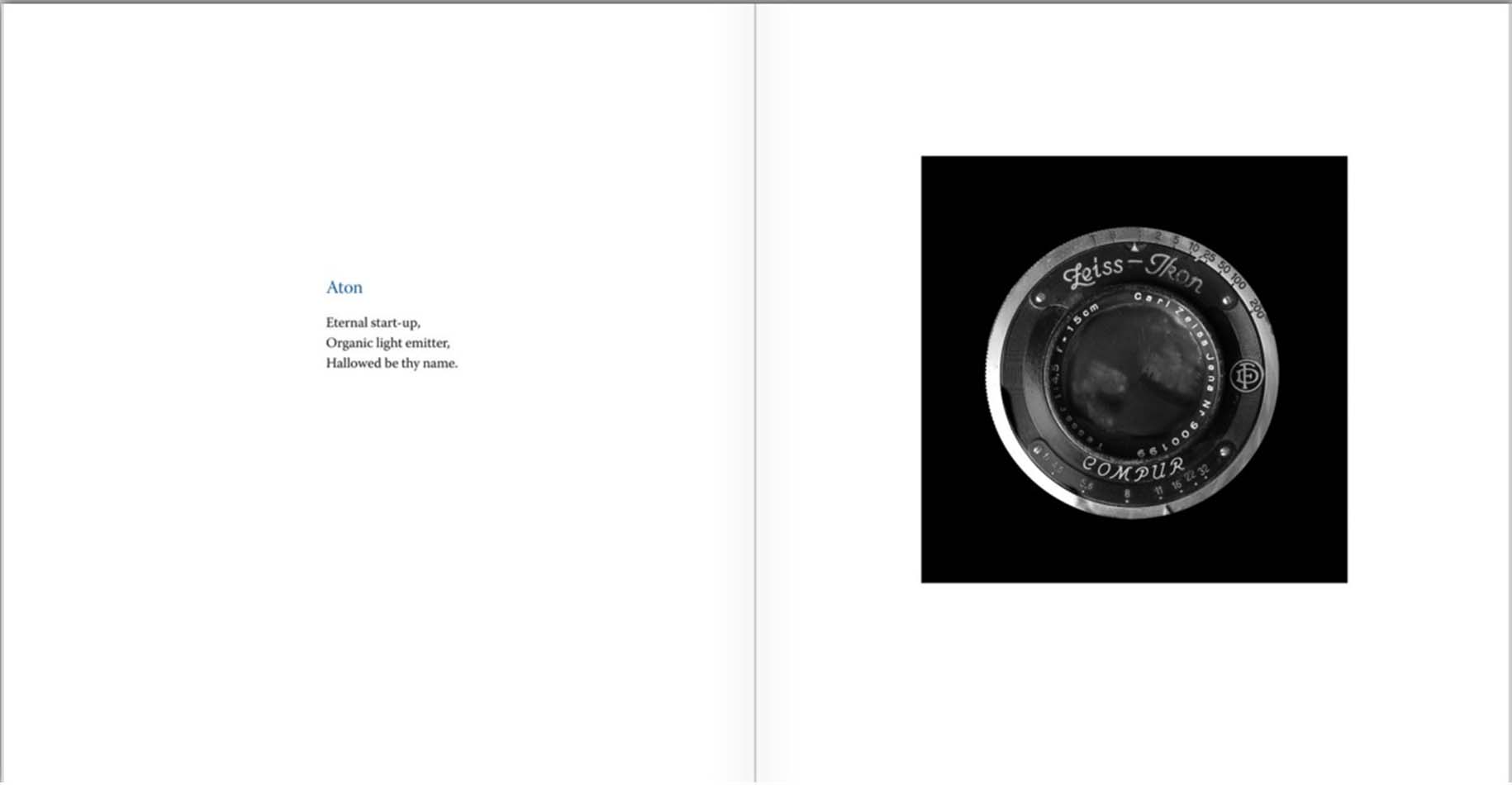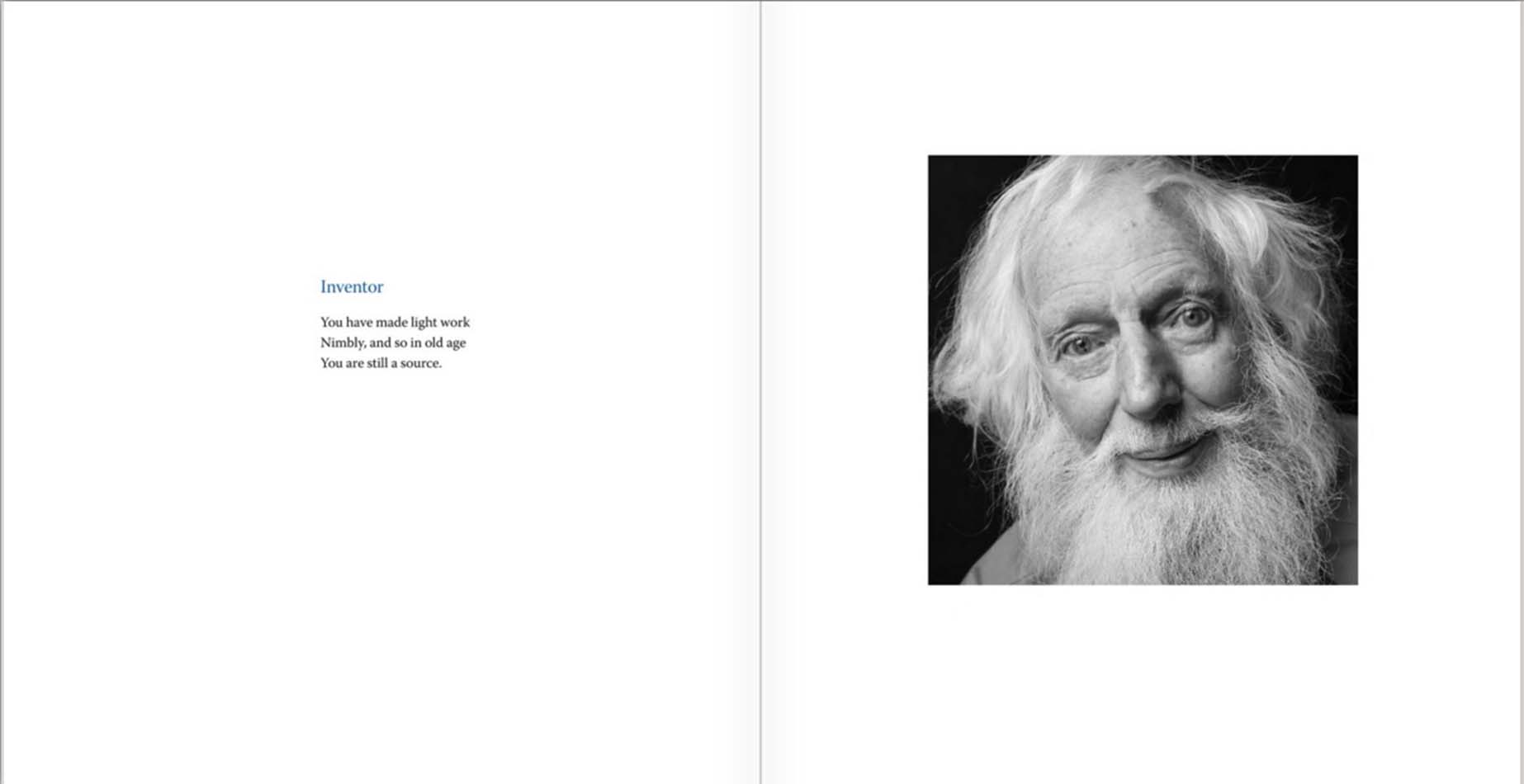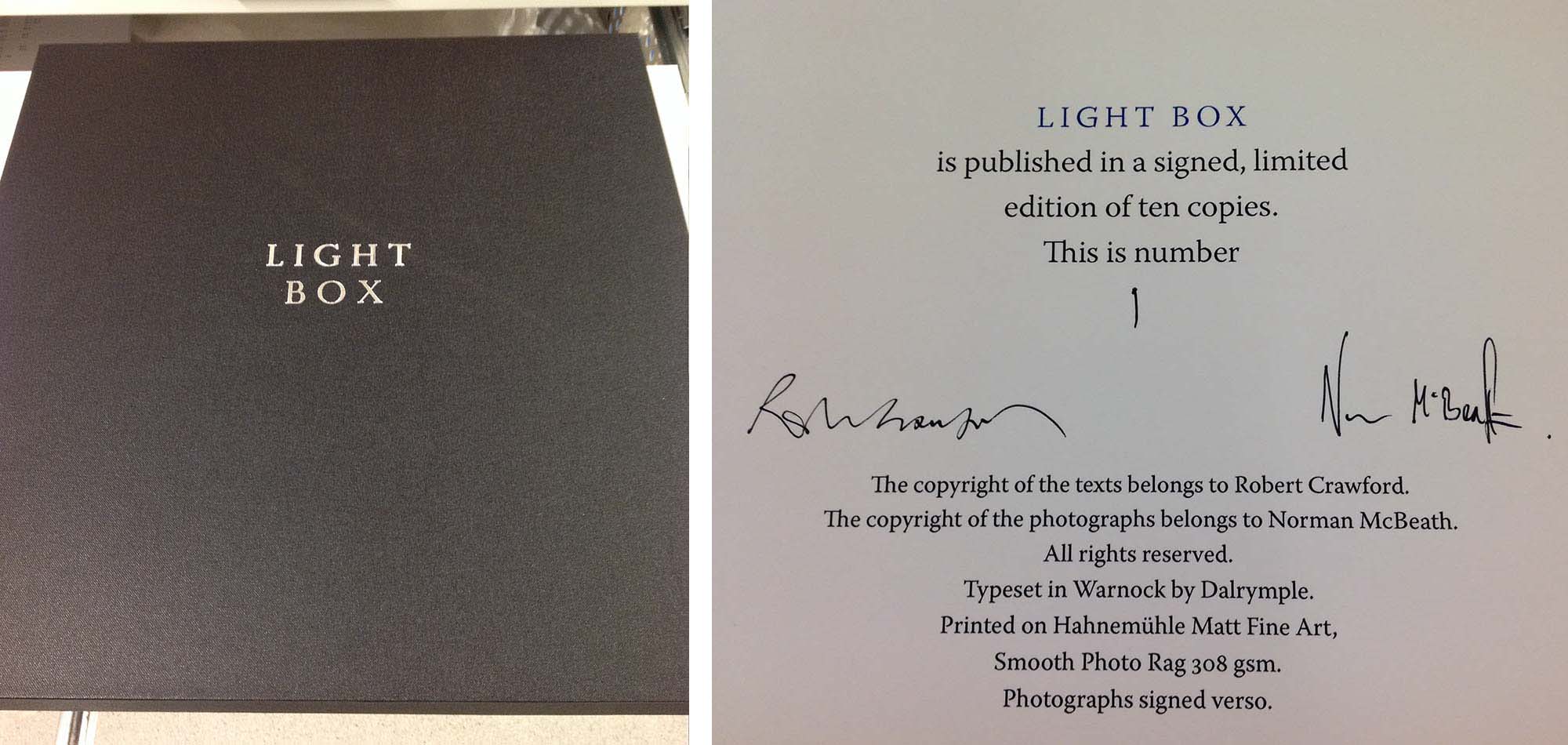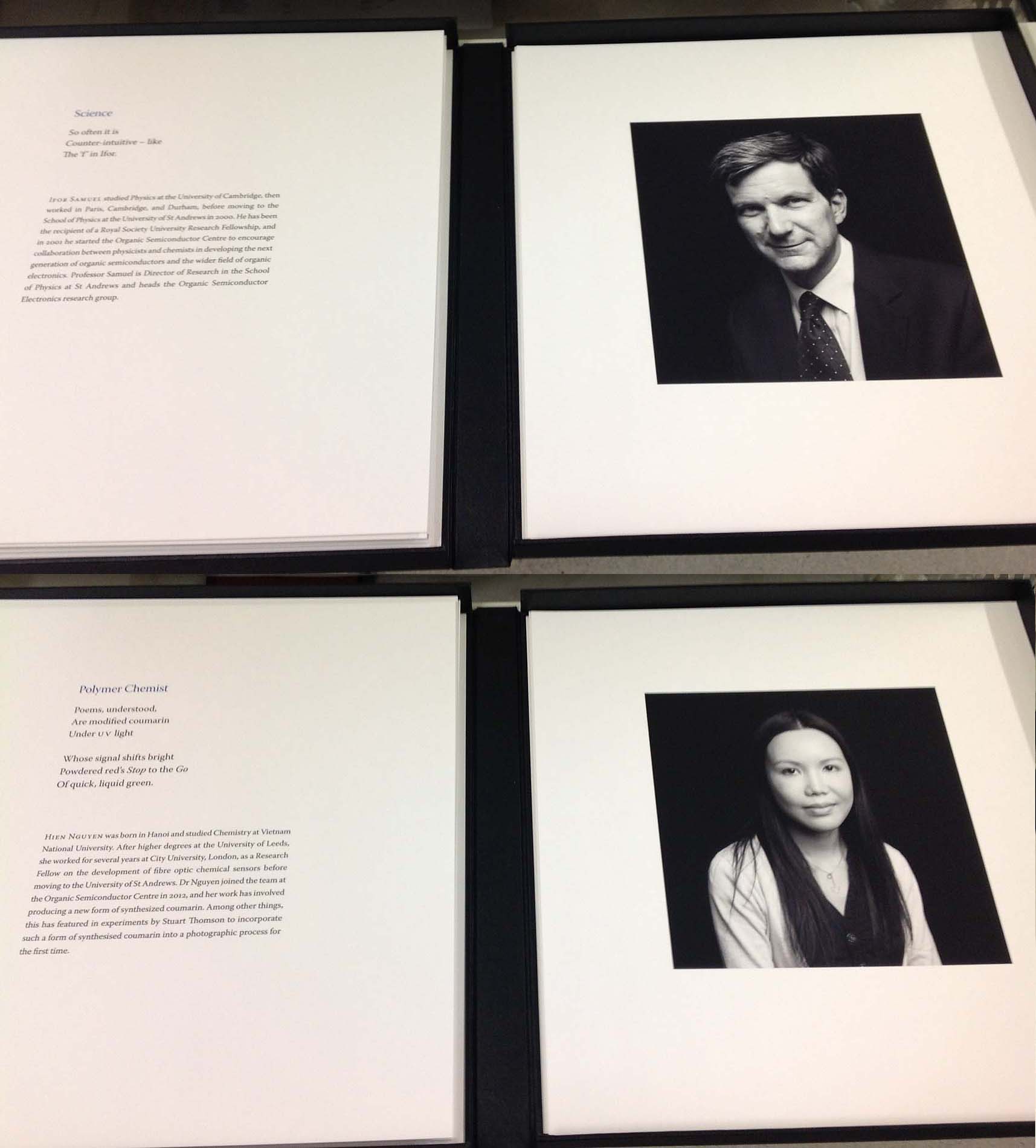Reading the Collections, Week 49: Light Box
In anticipation of the StAnza Festival taking place in early March, I decided to read some poetry for this week’s post – Light Box – a collaboration between Professor Robert Crawford, Norman McBeath and the scientists who inspire them.
Light Box was created to celebrate the 2015 UNESCO International Year of Light, and explores its different aspects: solar, sacred, scientific, nourishing, and poetic. It’s a book of photopoetry, juxtaposing photographs and haikus – the poetic form chosen for mirroring the characteristics of a good photograph – a snapshot, quickly and easily taken in but rewarding on closer inspection.
I’ve been lucky enough to experience Light Box in three different ways – as a live event, digitally and as a printed volume – with each experience bringing something new.
Live event
I went to the public launch of Light Box last year, where contributors were encouraged to read their poems aloud and to reflect on the collaborative process between poet, scientist and photographer.
At this event I was reminded of a couple of things – the value of hearing a poem read aloud, in this case in the measured and articulate tones of Robert Crawford, which feel as precisely engineered as any laser equipment used in a Physics laboratory:
Professor Robert Crawford reading ‘Aton’. Find more here.
– and that intelligent and educated people can still feel nervous around poetry. Many of the scientists seemed relaxed when discussing their investigations into the nature of the universe, but were less confident in sharing their views on a three line poem – though it seemed that confidence levels had been raised by the end of the event.
The poem/image combination I liked most at the time was ‘Aton’ – particularly its photo element. A print had been produced using a unique photographic process based on a new form of a chemical called coumarin developed at St Andrews, and used for the first time on Light Box.

The coumarin emits light when placed under UV, meaning the print itself was a source of light. The process is time limited and will eventually expire, giving it something of the feel of a performance, and was an interesting new example of how photography itself blends art and science.
The event also included contributions from students on the Creative Writing MLitt course – whose poems are not featured in the text but which follow a similar theme of poetry inspired by science – which can be read here.
Online
After attending the event I read Light Box online, where it is freely available on our Digital Collections portal, presented as a book in our ‘turn the page’ viewer.
The layout of the images alongside the poems creates something greater than the sum of its parts – and importantly for me, gives you another way of approaching the work – with the images revealing something of the poem and vice versa. My favourite is ‘Inventor’:

The idea of Professor John W. Allen as an aging but persisting source of ideas is expressed equally – but differently – by both the haiku and the photo. Light Box as a whole was greatly inspired by Professor Allen’s role in the development of practicable LEDs (which he then called, more poetically, ‘crystal lamps’).
Physical Object
In preparation for this blog post, I thought I would take a look at the physical object – one of only 10 printed, on high quality art paper by Easel Press, held in our Special Collections.

In spite of its title, the thing itself is quite heavy, and not what I would think of as a book, but a series of loose leaves – very much like our Kai and Sunny box set. Being unbound it encourages multiple interpretations – I could have rearranged and viewed it in different ways, had I felt less responsible for its physical wellbeing.
What I noticed this time was that the book is appended by a list of dramatis personae – a nod to the theatrical and ‘living’ nature of poetry beyond text on a page – which is interesting for the reverence paid to this list of scientists by the poet and photographer. Each scientist receives a portrait and biography presented in the same way as the preceding photopoetry, acknowledging that scientific careers are also works of creative achievement.

If this has kindled your interest in photopoetry, the Library has the largest dedicated collection of the form, and a website making much of the collection publicly available. There are also many poetry events taking place in and around St Andrews as part of the StAnza Festival next month.
Sean Rippington
Digital Archives Officer